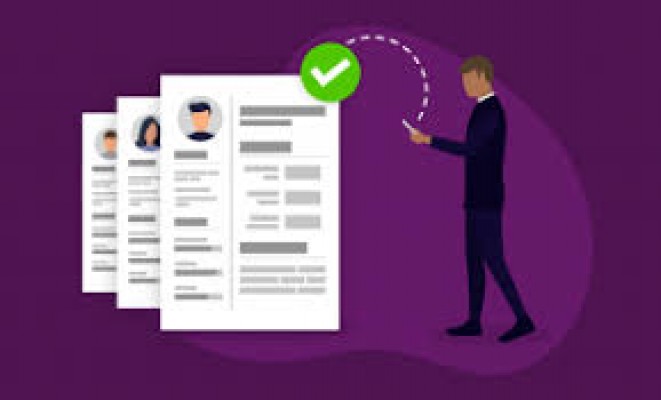Understand Employee Hiring Process in Canada

posted:3 years agobyAwatef Hamdiin Work Life
Many people think that career guides are made for job seekers to help them apply for a job. Little do they know that career guideline are made for both parties; employers and employees. This article will be addressed to Canadian employers, who want to improve their hiring process and employees and know what they should expect after acing their job interview. Have you heard about the employee hiring process in Canada? Is it different from any other hiring process? What does it involve in general? Let’s find out.
What is an Employee Hiring Process?

Recruitment usually involves many procedures, including legal and financial arrangements between an employer and an employee. An Employee hiring process is based on many regulations starting from structuring the job offer to employee deductions. So, if you are interested in knowing what happens from the starting phase until the ending one, sign up to Fratres. This website includes an illustrative career guide that helps you improve your work life. As an employer, there are several steps to take before hiring an employee.
1.Identify the sought after profiles:
Making a job offer is not an unexpected announcement. Employers discuss with managers the missing hires that should be included in the organization. The traditional way of opening a candidacy project refers to the HR department of the organization. HR assistants study the number of vacancies, the target applicants, and working hours, including salaries, benefits, and perks. This hiring plan will be later submitted to managers to review the required profiles who can:
- Experienced applicants
- Students or freshers
- Foreign workers
2. Posting the Job advertisement/ offer
After setting up the missions and who is required to apply for them. Recruiters structure the job advertisement and assign their representatives to post the offer. Job advertisements in Canada should introduce the job title; identify its setting, the terms, and the conditions to apply. Then, hiring managers will select several applicants after examining their CVs and cover letters. These applicants are not the final hires. A job interview will be established to decide which one to keep among them.
3. Legal and Financial Regulations:
An employee hiring process in Canada follows legal and financial ties that benefit both employers and employees. Hiring managers prepare the selected candidates’ files to set the work conditions through contracts or establish any proper arrangement between hires and employers.
In this step, employers should provide a Payroll Deduction account. This procedure requires a Business Number (BN) associated with the Canada Revenue Agency (CRA). Employers, who were registered for a business number, can benefit from a payroll program account. This account is convenient for employers having multiple offices in various cities in Canada.
After interviewing the final candidates, it’s time to clarify the work conditions, payment, and period of commitment. Here is what a hiring process includes in Canada:
1.Documenting Professional Arrangements:

As an employer, it is essential to document any arrangement with any employer. Hiring managers provide written contracts that include the work conditions, holidays, salaries, retirement pension, and every job detail. The candidate should read them carefully before signing and accepting the employment conditions.
2. Requesting a Social Insurance Number (SIN)
Canadian government grants social benefits known as Social Insurance Number (SIN). A new employee can benefit from this service and obtain a SIN card. This card differs depending on the employees’ conditions; Canadian citizen, Canadian resident as an immigrant or a refugee, etc.
3. Personal Income Tax:
Social and employment benefits will not dispense employers and hire from taxation duties. An employee should fill up a form including the salary details so that the taxation percentage will be reduced from overall income depending on the paid amount. These credits are essential to improve public services in Canada.
4.Probationary Period:
After making the prior arrangements in terms of working status and payment, employers request a trial period to see how the selected hire adapts to the work. This training process involves introducing the employee to the whole department and seeking to evaluate the practical trial of the employee. Here is a complete guide to getting a job in Canada.
5.Preparing the Employees File and Spot at Work

The final step is not a welcome party. Every new employee has his/ her own file and spot in the work industry. This file includes the necessary information about the candidate, the signed contract, and all the arrangements. After a specific work period, the employee file gathers the employee’s progressive work, attendance to meetings and forums, and evaluation sheet. According to the employees’ performance, the hires can elevate in careers and apply for other vacancies within the organizations as internal candidates. Concerning the spot, an employee occupies a specific department and has his/ her own office or place within the working hierarchy. In case of a career change, the employee can claim his/ her file before the exit.
This was the complete guide for an employee hiring process in Canada. This process includes procedures before hiring the candidates and legal and financial arrangements after selecting the employees. This process is only applicable for candidates applying for public and private jobs in Canada. Apprentices and traders do not undergo this hiring process.
